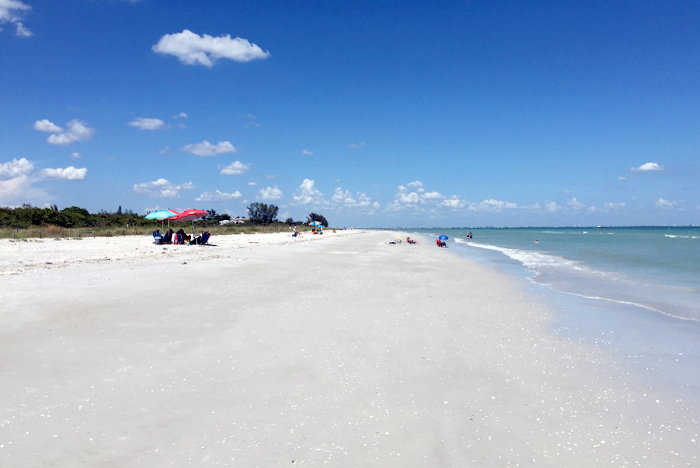Sanibel Island Shelling – The World’s Best Shelling
Sanibel Island Shelling – Travel & Leisure Ranked Sanibel Island #1 of the Top 10 Best U.S Shelling Beaches
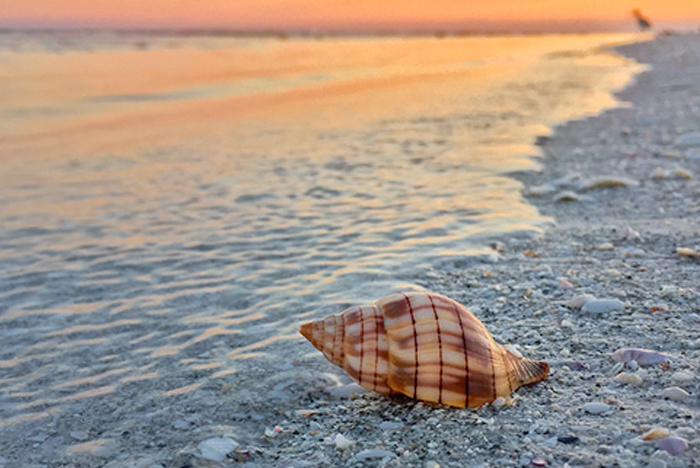
Shell-lovers from all over the world make pilgrimages to tiny Sanibel Island’s Gulf Coast, considered the best shelling spot in North America according to Travel & Leisure Magazine. Sanibel’s beaches, protected by a broad underwater shelf perfect for gently receiving deliveries from shell-laden currents, are carpeted with tiny, perfect pastel coquinas and false angel wings. Sanibel Island Shelling has become so popular with beachcombers that some hotels offer rooms equipped with special sinks and worktables for cleaning and packing the day’s yield. Weather Channel Facebook friends’ also voted Sanibel Island as their best shelling beach.
What is the “Sanibel Stoop”?
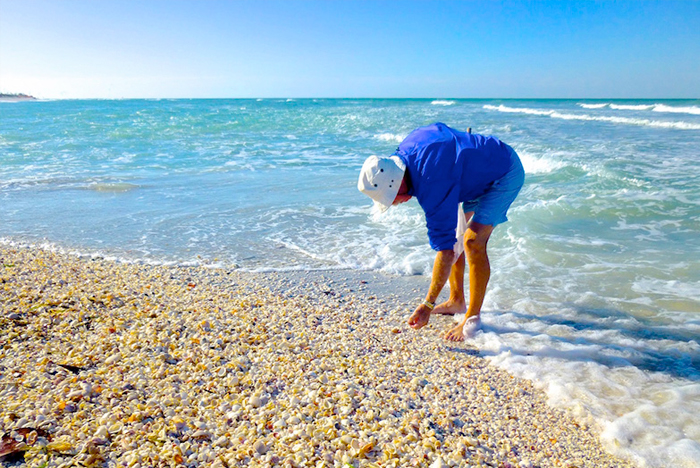
With the abundance of seashells found on Sanibel Island and Captiva Island, collecting them has become a favorite pastime. In fact, so many people go shelling when visiting the Islands; the bent-at-the-waist stance one takes when bending over to retrieve a seashell has been dubbed the “Sanibel Stoop.”
Sanibel Island Shelling and Captiva Island Shelling have earned their reputation as the “Shell Islands” honestly. The islands are littered with shells, like some magnificent work of shell art created over thousands of years. When islanders dig gardens in their backyards, they find conchs, whelks, scallops and clam shells often perfectly intact.
The best shelling is found on the beaches of Sanibel Island & Captiva. The islands rank tops in the world for shelling because of geography. Sanibel Island is shaped in a curve along the coastline among a string of other more orderly, straight-and-narrow islands. The east-west torque of Sanibel’s south end acts like a shovel scooping up all the seashells that the Gulf imports from The Caribbean and other southern seas. USAToday has ranked shelling on Sanibel Island as the 7th of Florida’s Best Attractions overall.
The incredible abundance and variety of shells have made Sanibel Island and Captiva shell-obsessed. People come from all over the world, drawn by the song of the seashell. They parade along the sands doubled over in a stance that’s been dubbed the Sanibel Stoop. Every March, they gather to compare and appreciate shell collections and shell art at the annual Sanibel Shell Fair & Show. Throughout the year, shell shops sell seashells by the seashore (and by the thousands). Shells are the dominant motif in island decor and boutique gifts. You’ll find everything from finely crafted “shell-igrams” to lucite toilet seats with seashells lacquered in. (No home should be without one!)
Where are the Best Beaches to Shell?
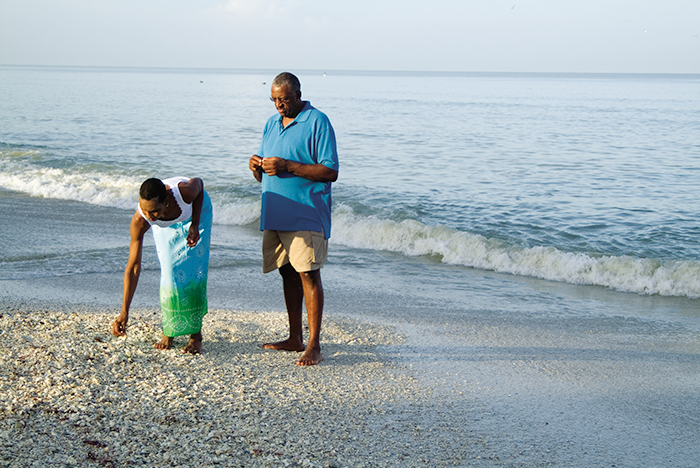
All of the Gulf-side shelling beaches from the Lighthouse to North Captiva are excellent places to shell. With hundreds of thousands of shells, the beaches are nearly inexhaustible sources of every type of shell; and are constantly being fed from the Gulf & Caribbean.
For a list of public beaches, check out our Sanibel Island Beaches page.
How Do I Shell?
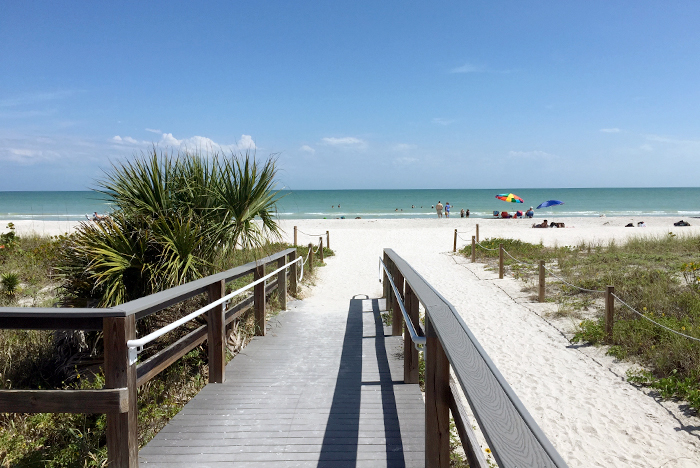
If you want to go shelling, bring a bucket or net bag and scoop. Wear shoes and shuffle to expose partially hidden mollusks and to scare away fish. With the abundance of shells on Sanibel Island and Captiva Island you are sure to have a successful day of shelling, not matter what your level of skill.
What To Expect When Shelling?
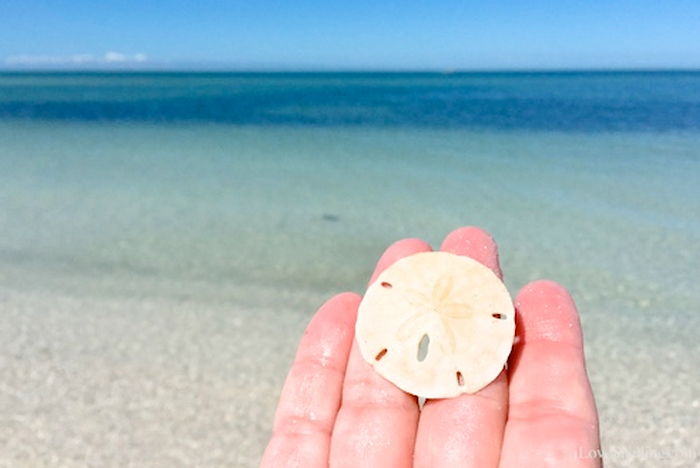
Shells of many types and sizes are found on our shelling beaches at Sanibel Island and Captiva Island. As a general rule the smaller seashells are found on the Lighthouse end of the island chain and the larger shells nearer Captiva and North Captiva.
Among the species you may expect to find while shelling:
- Conch
- Junonia
- Lightning Whelk
- Cockle
- Scallops
- Murex
- Tulip
- Olive
- Coquina
Seashell Ecology
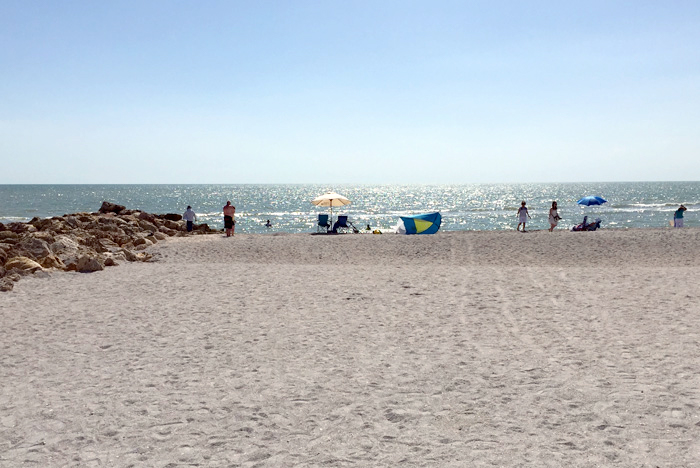
Seashells come in two major varieties.
- The gastropod has a single shell and includes such species as conchs and whelks.
- Bivalves, such as clams, cockles and scallops, have one shell with two hinged parts called ‘valves’.
The empty seashells you find layered on the beach once were home to soft-tissued animals called mollusks. Mollusks grow their shells at the aperture (gastropods) or at the margins (bivalves) As the animals grow, their shells grow with them. Special glands create color pigments just before new layers of shell harden.
Shells and their inhabitants play an important role in Sanibel and Captiva islands ecology. They help keep our sand neatly in place and restock it with more as they’re crushed by waves and other forces. They provide food for birds and fish. The scavenging and filtering performed by certain mollusks help cleanse Gulf waters.
Shelling Law & Florida Seashell Preservation
Because seashells are important to the islands’ chain of life, and because Sanibel and Captiva are refuge islands where all life is considered precious, the State of Florida has outlawed the collecting of live shells on the island.
“Live shell” is defined as any specimen containing an inhabitant, whether or not the mollusk seems alive. The law also protects sand dollars, starfish and sea urchins. All shelling is prohibited in J.N. “Ding” Darling National Wildlife Refuge.
Sheller’s are urged to limit even their empty-shell collection. Hauling away seashells by the bucketful diminishes supplies and the value of a single shell. For, as Anne Morrow Lindbergh in Gift From the Sea wrote while visiting these islands, “One cannot collect all the beautiful shells on the beach. One can collect only a few, and they are more beautiful if they are few.”
Types of Shells on Sanibel Island & Captiva
|
|
Conch ShellsOf the extensive conch family, fighting conchs are those most commonly found on Captiva ans Sanibel Island shelling beaches. Ironically, contrary to its macho name, the fighting conch is one of the few vegetarian univalves. While alive, the seashell flames brilliant orange, but fades under tropical sunshine. It is a shrunken version of the queen conch, which once was fished in Florida for its meat. Conch harvesting is now illegal in the state. |
|
|
Junonia ShellsThe islands’ most coveted seashell, it belongs to the volute family. Its milky chamber is covered with brown spots on the outside, and the animal that occupies the shell is likewise marked. Shellers who find a junonia on Sanibel or Captiva get their pictures in the local newspaper. |
|
|
Lightning Whelk ShellsUnlike its cousin whelks, the lightning variety is usually “left-handed.” Thus, its name: Sinistrofulgur sinistrum. It lays its miniature shell eggs in papery egg case streamers that wash up on the beach. Lightning whelks grow up to 16 inches long and were used by early island natives for tools. |
|
|
Cockle ShellsThe heart cockle is one the islands’ most common shells, though a rarity in other parts of the world. The cockle mollusk is a footed creature that can jump several inches in a single leap. Islanders often use its accommodatingly large cockleshell for soap dishes.These are commonly found shells on Sanibel Island, Florida. |
|
|
Tulip ShellsBanded tulips and their larger, rarer cousins, true tulips, frequently wash up on island shores to the delight of collectors who revel in their intriguing patterns and delicately swirling form. |
|
|
Sand dollar ShellsTechnically classified as an echinoderm, not a mollusk, its life is nonetheless protected on Sanibel and Captiva. While alive, the thin, flat sand dollar is brown and bristled with tiny tubes that permit it to breath, move and camouflage itself. Unoccupied seashells bleach to a beautifully white textured pattern, perfect for hanging on Christmas tree boughs with red satin ribbon. |
|
|
Olive ShellsNamed for its elongated oval shape, the olive comes in a variety of colors and variations, and often sports a glossy finish. By the time it reaches island beaches, it has usually been sun-bleached white, however. Olives seashells rarely grow beyond three inches long |
|
|
Coquinas ShellsThe beach’s most well-attired clams, they dress in colorful stripes, solids, and even plaids. Opened and flattened, they look like tiny butterflies. Old islanders used to dig them up at the water’s edge to boil for broth. Because they are a food shellfish, coquinas are one of few shells that can be collected live on Sanibel and Captiva. They burrow into shallow sand at the water’s edge. When exposed by a wave, they wriggle back into dampness. If you’ve planted your feet where they’ve washed up, you get the sensation of a foot massage as they burrow beneath you. (a fishing license is required to collect Coquina Shells). |


